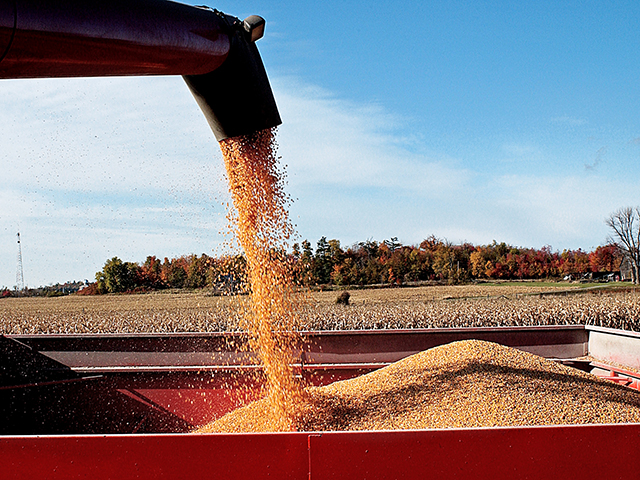Businesslink
Farmers' Favorite Marketing Tools
Grain marketing is many farmers' least-favorite aspect of the business. It's a lot easier to put the mental effort into production, especially when your best sale of the year might only be at break-even levels.
In my decade reporting on ag business, I've observed that many farmers prefer marketing contracts offered by their local co-op or ethanol plant to taking their own position on the futures market. Some would rather not have their capital tied up in a margin account at the exchange, while others like the flexibility cash contracts offer to lock in the basis. I've talked to many farmers who only use cash contracts and many others who see futures and options as a complement to their cash contracting.
USDA's Economic Research Service recently released a report that confirms my suspicions.
Based on a 2016 survey of farmers, the study found that commercial corn and soybean operations -- those with sales above $350,000 annually -- are the most likely to use marketing contracts, futures and/or options as risk-management strategies, but cash marketing contracts are by far the most popular. More than 156,000 farms used marketing contracts in 2016, while just over 47,000 used futures and options.
P[L1] D[0x0] M[300x250] OOP[F] ADUNIT[] T[]
"Farmers often use a portfolio of risk-management tools," the report states. "Those who use marketing contracts are much more likely to use futures and options than farmers who do not use marketing contracts. They are also more likely to invest in on-farm storage of their crops, which facilitates their ability to vary marketing volumes over time."
Farmers who use futures and options strategies tend to be younger and more educated. According to the study, nearly 18% of college-educated corn and soybean farmers used futures, as did nearly 25% of operators below the age of 35. Options use was the highest among 35- to 44-year-old farmers. The study also found that operators with debt were more likely to use derivatives to manage risk than farmers without debt.
All of this is hardly a surprise. Younger farmers tend to have higher debt-to-asset ratios, and banks need farmers to show they have a plan to pay back their loans. One way to do that is to sell a portion of the crop before harvest, whether that's on exchange or with the local elevator.
Farmers age 65 and older are the least likely to use futures and options.
"Levels of educational attainment were not lower among operators over 65 than for farmers as a whole, so it may be that these operators have more assets and therefore can withstand a bad crop year without needing to hedge," the study's authors wrote.
The USDA report also finds that a large number of corn and soybean operations use none of these marketing tools at all, instead relying solely on cash sales. These farms tend to be relatively smaller, the report notes, but they account for 36% of production and 38% of harvest acreage for corn and soybeans.
As harvest wraps up and winter settles in across the Corn Belt, now is a good time to revisit your marketing plan and consider whether marketing contracts, futures or options can help you manage risk in the year ahead.
> Read Katie's business blog at about.dtnpf.com/business.
> You may email Katie at katie.dehlinger@dtn.com, or visit @KatieD_DTN on Twitter.
[PF_1220]
(c) Copyright 2020 DTN, LLC. All rights reserved.




